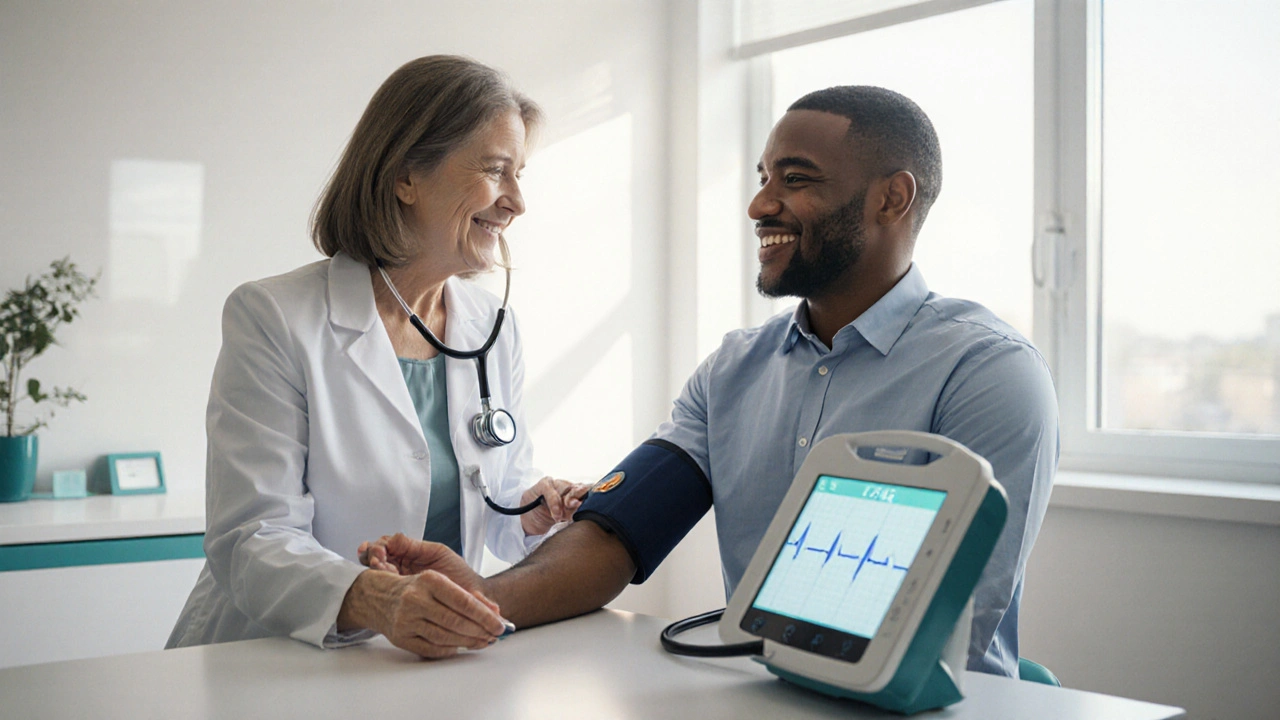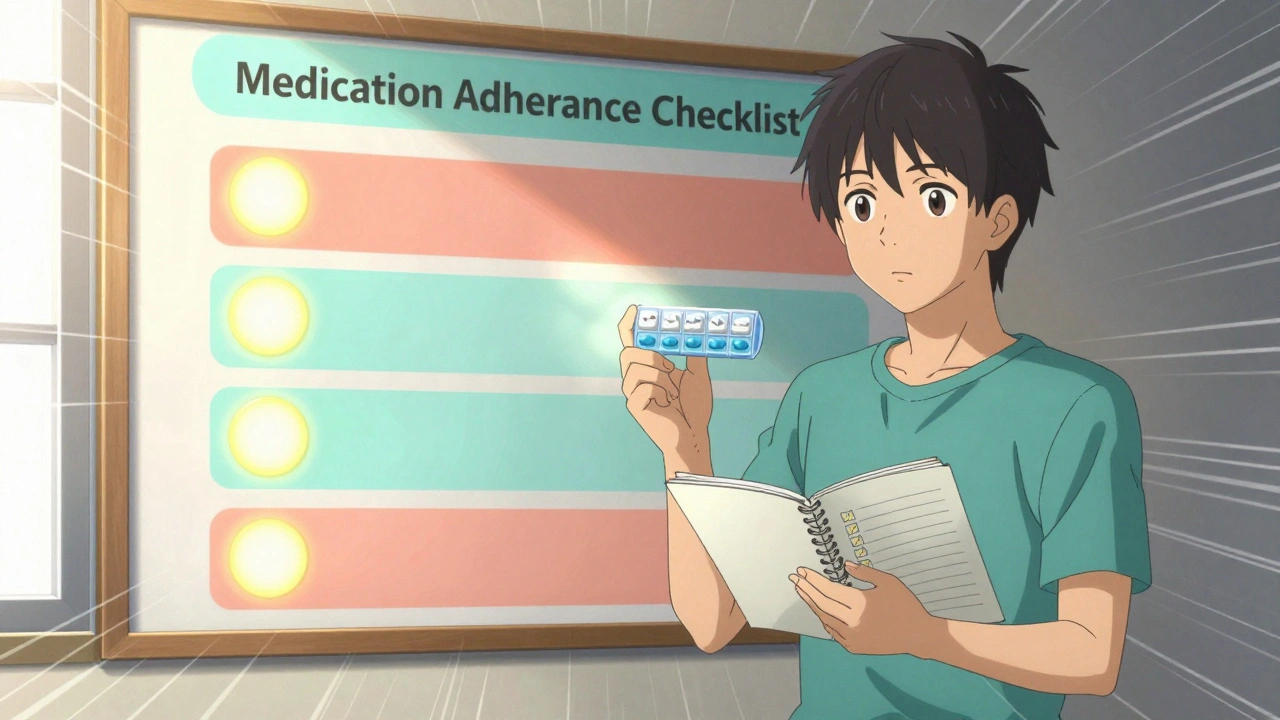ECG (Electrocardiogram) – Quick Guide to Heart Rhythm Monitoring
When working with ECG, the electrocardiogram, a painless test that records the heart's electrical signals. Also called electrocardiography, it lets clinicians see heart rhythm, spot arrhythmia and make smarter cardiac monitoring choices. In simple terms, ECG captures tiny voltage changes on the skin and turns them into a graph you can read. That graph tells you whether the heart beats in a steady pattern or if something’s off.
One key semantic link is that ECG encompasses heart rhythm analysis. That means every strip you see is a snapshot of the ongoing rhythm, and the rhythm itself is the primary attribute doctors look at. Another link: ECG requires proper lead placement. The 12‑lead system, for example, arranges electrodes at precise spots on the chest and limbs, each lead offering a different view of the heart’s activity. If the leads are off, the interpretation can miss critical clues, like a hidden arrhythmia influences ECG interpretation. A third connection: cardiac monitoring influences treatment decisions. When an abnormal rhythm is caught early via ECG, a doctor can adjust medication, recommend a pacemaker, or advise lifestyle changes before a serious event occurs.
Why does this matter to you? If you’ve been told you need an ECG before surgery, during a check‑up, or after feeling palpitations, knowing the basics helps you ask the right questions. For instance, you might wonder how long the test takes (usually five minutes), whether you need to shave areas for better electrode contact, or how the results will be shared with your primary care doctor. Understanding that an ECG is just a snapshot—not a continuous monitor—clarifies why doctors sometimes recommend Holter monitoring or event recorders for longer‑term rhythm tracking.
In the list below you’ll find articles that dive deeper into related topics: how to read ECG strips, what specific arrhythmias look like, the role of ECG in diagnosing heart attacks, tips for preparing for your appointment, and practical advice on using home‑based cardiac monitoring devices. Whether you’re a patient curious about your results or a health‑enthusiast looking to brush up on basics, the upcoming posts give you clear, actionable info you can use right away.
Why Routine Heart Checkups Are Crucial for Detecting Arrhythmia
Learn why regular heart checkups are vital for spotting hidden arrhythmias, the key tests involved, who should get screened, and how lifestyle choices impact rhythm health.






